The Old Eighteen
Mocked is the child that struggles into adolescence and makes uncertain way towards maturity, adulthood and acceptance. Laurier's laughable "Tin Pot Navy" was mercilessly scorned in its 1910 infancy, yet the RCN rose to be the third largest navy in the world by the end of the Second World War. And so it was with the "Old Eighteen", the first class of accepted Gentlemen Cadets, eighteen in number, who entered the Royal Military College of Canada on June 1, 1876. The cadets were ridiculed by a few politicians and a minority in the Press as "Mackenzie's Pets", referring to the Prime Minister, Alexander MacKenzie, who took a personal interest in establishing RMC. To some it appeared transparently absurd that these 18 cadets could make any meaningful difference to the defence of vast, militarily tiny Canada.
 A tradition of RMC is that every new Cadet must learn the names of the original class pictured here above in front of the "Old Stone Frigate":
A tradition of RMC is that every new Cadet must learn the names of the original class pictured here above in front of the "Old Stone Frigate":
1. AGG Wurtele, 2. HC Freer, 3. HE Wise, 4. WM Davis, 5. TL Reed, 6. SJA Denison, 7. LH Irving, 8. F Davis, 9. CA DesBrisay, 10. VB Rivers, 11. J Spelman, 12. CO Fairbank, 13. AB Perry, 14. JB Cochrane, 15. FJ Dixon, 16. GE Perley, 17. HW Keefer, 18. D MacPherson
Most ludicrously, viscious whispers circulated that each of these "Carpet Knights", as they were then absurdly dubbed (i.e., a knight who spends his time in luxury and idleness having been knighted on the carpet at court rather than on the field of battle), had a "personal servant with nothing else to do but serve his master’s slightest wish"; or that the "food was recklessly expensive and luxurious, almost, in fact, Lucullian." The rumours couldn't have been more starkly at odds with cadet reality: months of physical and mental anguish at the hands of their military tormenters.
Photo of RMC's MacKenzie Building in Kingston, Ontario in 1880. Officer cadets are on parade in the foreground. It is not surprising that this response by some was born of a political establishment horrified at the prospect of taking responsibility for defence matters, let alone paying for them. For soon after the Fathers of Confederation created the Dominion of Canada, the British government made a strategically smart move vis-à-vis their Regulars stationed in the garrison towns across British North America: They packed up and left. Public opinion may have been ill-prepared, but for any yearning child, it was just the thing. While those inauspicious beginnings were feeble compared to the scale of the country's defence requirements, the demand was nonetheless supplied, however inadequately, and for a century that followed Canada policed its own sprawling settlements, most notably in the NorthWest Rebellion of 1885, and made a decisive contribution to the Imperial and Allied expeditionary efforts from the Boer War on. Had Britain instead continued to mollycoddle the Little Canada that Could, it is loathsome to contemplate the "what-ifs" of the 20th century.
It is not surprising that this response by some was born of a political establishment horrified at the prospect of taking responsibility for defence matters, let alone paying for them. For soon after the Fathers of Confederation created the Dominion of Canada, the British government made a strategically smart move vis-à-vis their Regulars stationed in the garrison towns across British North America: They packed up and left. Public opinion may have been ill-prepared, but for any yearning child, it was just the thing. While those inauspicious beginnings were feeble compared to the scale of the country's defence requirements, the demand was nonetheless supplied, however inadequately, and for a century that followed Canada policed its own sprawling settlements, most notably in the NorthWest Rebellion of 1885, and made a decisive contribution to the Imperial and Allied expeditionary efforts from the Boer War on. Had Britain instead continued to mollycoddle the Little Canada that Could, it is loathsome to contemplate the "what-ifs" of the 20th century.
It would be an invidious work of supererogation for any Graduates of the Royal Military College to highly extol the work done by men who have passed through our beloved Alma Mater; as their deeds, more especially during the Great War, speak for themselves wherever the British Flag flies, in the four corners of the World.
Better still, their names shall live evermore in the hearts of all their old comrades, and the names of their heroic Dead are graven in Granite and Bronze “in Flanders Fields” and many other places, including their own beautiful Memorial Arch, that all men may read and know, to the end of Time, what manner of fruit sprang from the small seed, of “Truth, Duty, Valour,” sown in the “Old Stone Frigate” in the year 1876.

The Coat of Arms of RMC is not a College of Arms grant, but a grant by Royal Warrant.
The militaristic crest atop fashions an armoured arm holding three green maple leafs under the British Crown.
The tripartite shield features a blue section for military engineering with a scaling ladder leading to a mural crown, a red section with crossed swords symbolizing infantry, and a gold chief with three grenades representing the artillery branch. In the centre is an inescutcheon bearing the Union Jack honouring the role of the military college and its alumni in defending King, Country and Empire in the various wars.
"Truth, Duty, Valour" is the RMC motto that was chosen by the College's first Commandant, Colonel Hewitt.
 They don't make them like this anymore. A senior cadet in 1954 dressed in the college's ceremonial scarlet tunic and pill box with fourth year sash and bars, "standing at ease" in old Fort Frederick on the campus of RMC. Both posture and dress appear parade perfect, harkening back to an era when the military codes of discipline, deportment and drill were a paramount preoccupation.
They don't make them like this anymore. A senior cadet in 1954 dressed in the college's ceremonial scarlet tunic and pill box with fourth year sash and bars, "standing at ease" in old Fort Frederick on the campus of RMC. Both posture and dress appear parade perfect, harkening back to an era when the military codes of discipline, deportment and drill were a paramount preoccupation. With the awarding of a university degree starting in 1959, the focus of RMC began to change in the 1960s and 70s. The admission of women in the 1980s also had its influence, along with the creeping realities of modernity, "human rights" and the politically correct 1990s. Arguably, military professionalism has not waned, but they can no longer get in your face and "drill-it-into-you" like they did in the days of yore.
Because, let me tell you, "when I was a rook they used to..."
Beaverbrook,
Class of 1987, RMC Ex-cadet, Member of the Old Eighteen Thousand
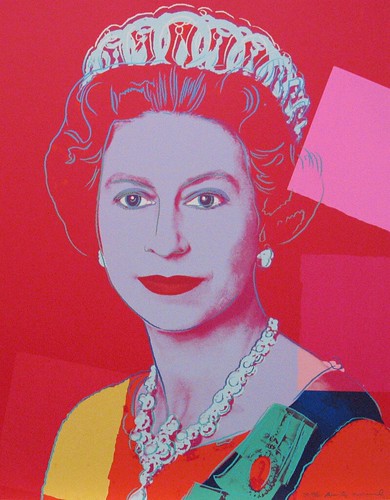 Vice-Regal Saint:
Vice-Regal Saint: 




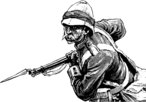
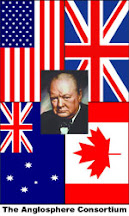

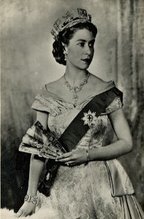





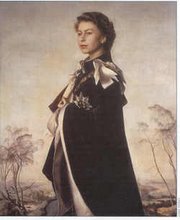


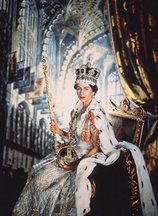
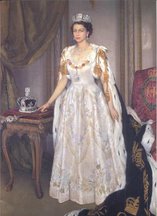
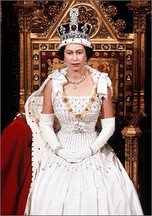
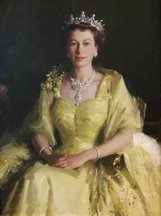
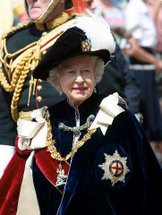

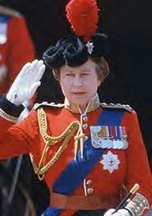




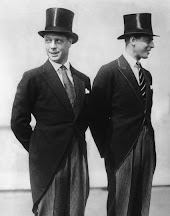






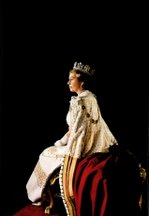



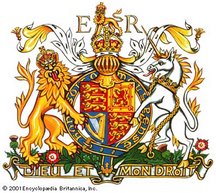

.gif)
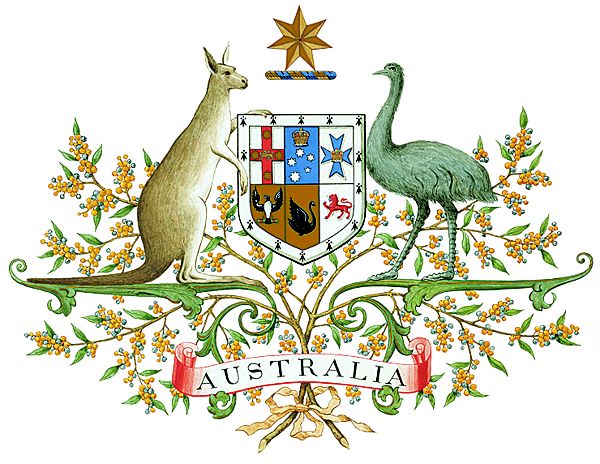
.gif)

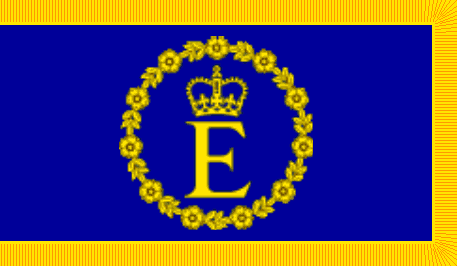
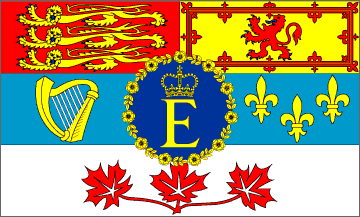
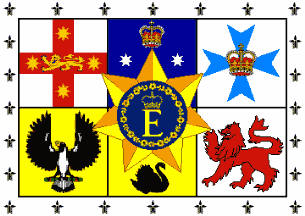
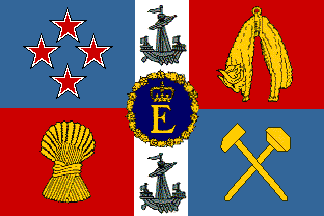
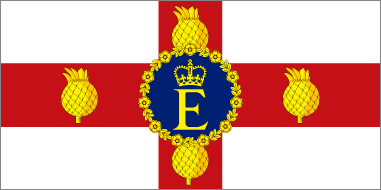
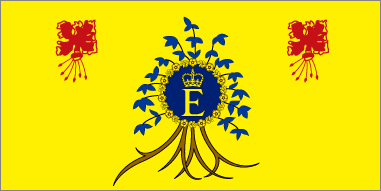
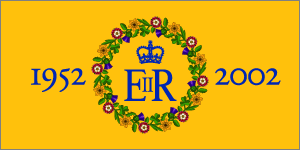


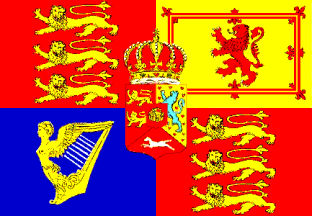
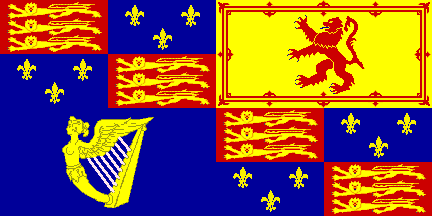
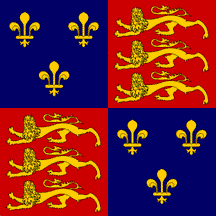
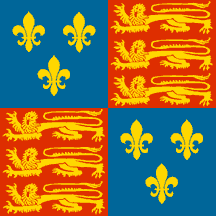
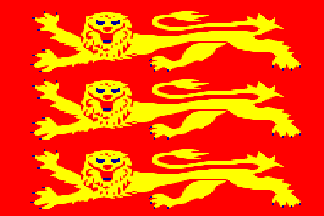
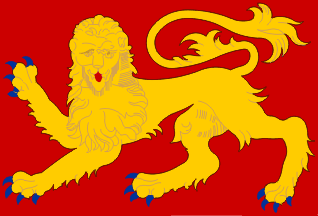
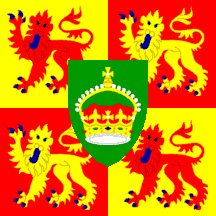

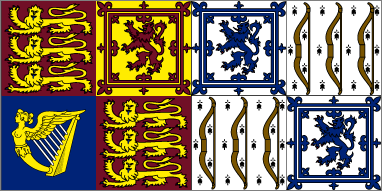
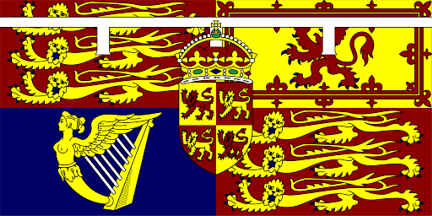
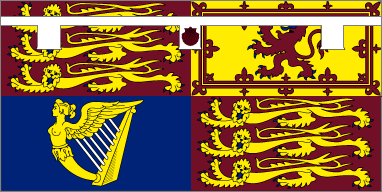
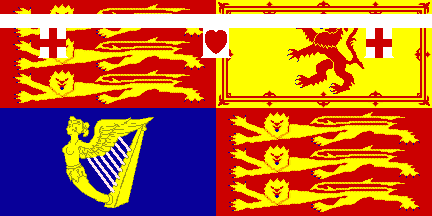
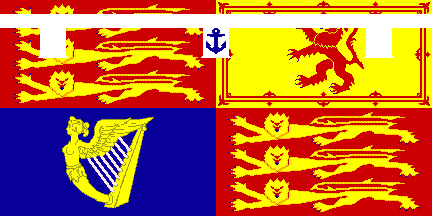

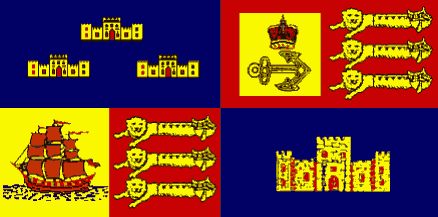
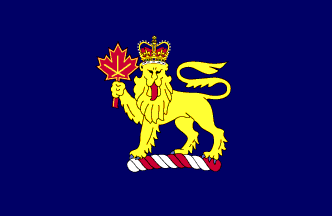
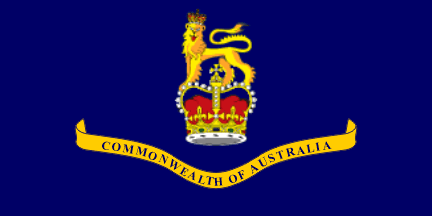
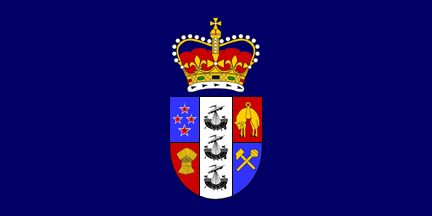
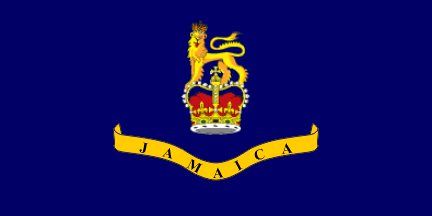
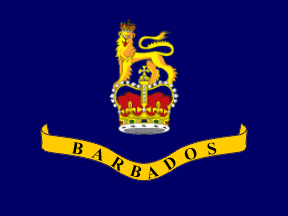


























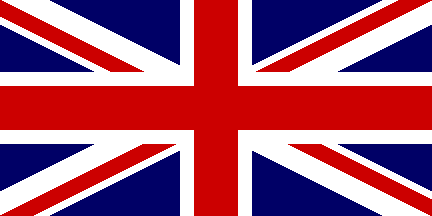




















































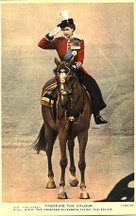

7 comments:
God bless you and your service!
Shame that Canada has so completely enervated itself militarily in the last 50 years or so (though is certainly putting on a good show in Afstan). Similar story with Britain, of course.
The Aussies are presently expanding, though; and are fast-tracking citizenship for Brit soldiers whose jobs are being deleted by the taxman here.
Sir Walter, thanks. Last forty years actually, as the rot in Canada started in 1968 with the amalgamation of the three services to the obvious detriment of those service's esprit de corps. The tide has finally turned , however, and the military is now being significantly expanded unlike the inexplicable goings on in the UK.
Thank you for sharing this. I wonder why the arms still use the Tudor crown rather than the st. Edward, though...
By the way, I'm not sure I'd refer to the Lieutenant-Governors as 'Viceroys'. That's a term I thought was limited to the Indian Governor when the Monarch was an Emperor. Besides, the role of the Monarch I believe is different with differing powers from a national to federal level.
If you are going to link to the Lt.Govs' sites (as well you should) shouldn't you use his/her secific flag, rather than the provincial/state?
Just a thought...
I've been meaning to change that, and will. Your recommendation to use the GG flags, however, would not be useful because they all look so identical. Keep in mind that the links are still vastly incomplete, and that eventually we should make use of shields and arms to differentiate the various regiments instead of national flags for example. But all of that is tedious work and takes time...
I've nothing but admiration for the work you undertook in the sidebars; that's what attracted me to this site in the first place, and why I was so nervous about making the switch to this bloody 'beta'. I'm just wondering if the term 'vice regals' (plural) is correct, implying as it does that Lieut.Govs and Commissioners are both equal in status to the Gov. Gen.
It is more correct, but still incorrect. Unlike the Governors of Oz, who are direct reps of the Crown, the LGs are in fact subordinate in rank to the GG. I'm going to collpase them all under another heading when I get the chance.
His pillbox is on the wrong side.
They still make them like they used to!
The more things change, the more they stay the same. Why don't you talk about the wonderful skylarking the "old days" are renoun for?
You know, when you had actually had time for serious skylarking, instead of studying.
Post a Comment